
Taiwan Launches Extended Han Kuang Drills Amid Rising Threat of Chinese Aggression and 2027 Invasion Concerns
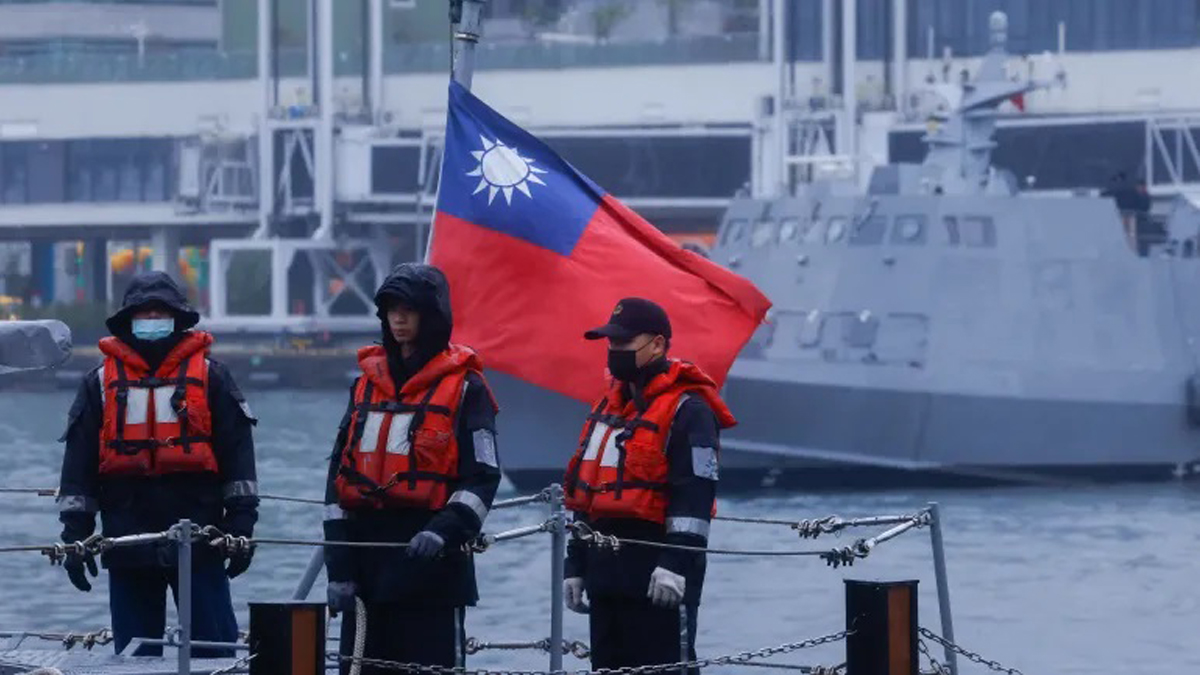
Taiwan on Saturday commenced its largest annual military exercise—the 41st edition of the Han Kuang drills—against the backdrop of escalating tensions with China and mounting concerns over a potential full-scale invasion by the People’s Liberation Army (PLA). This year’s exercises, extended to 14 days, signal a sharpened focus on countering “gray zone” warfare and preparing for worst-case scenarios, including a possible Chinese assault in 2027.
The first phase of the wargames, currently underway, involves continuous computer-aided simulations using the U.S.-developed Joint Theater Level Simulation (JTLS) platform. The live-fire component is scheduled for July 9–18.
According to Major General Tung Chi-hsing, director of the Ministry of National Defense’s Joint Operations Planning Division, the simulations are designed to mirror real-world scenarios in which ongoing PLA military exercises rapidly escalate into an armed attack. In particular, the drills will simulate “gray zone” tactics—actions that fall short of open conflict but are designed to destabilize and coerce.
Expanded Duration Reflects Strategic Shifts
Democratic Progressive Party (DPP) legislator Wang Ting-yu confirmed that the 2025 Han Kuang exercises have been extended from the traditional eight days to two weeks. This expansion, he explained, reflects a growing recognition that future confrontations may not begin with traditional missile strikes, but with unconventional incursions involving drones, sand dredgers, and maritime militia vessels—all hallmarks of Beijing’s gray zone strategy.
“The military must now plan for contingencies that go beyond conventional warfare,” Wang said, noting the importance of aligning responses with international law while maintaining deterrence against escalation.
Defense analyst Su Tzu-yun, from Taiwan’s Institute for National Defense and Security Research, echoed these concerns. He noted that PLA naval and aerial operations near Taiwan have become increasingly aggressive, often involving six to ten warships equipped with vertical launch systems. In such scenarios, the PLA could unleash as many as 500 cruise missiles, capable of reaching targets across Taiwan in under three minutes—leaving Taiwanese forces with critically limited reaction time.
Preparing for a Hypothetical 2027 Invasion
This year’s drills are also shaped by the Ministry of National Defense’s consideration of 2027 as a potential flashpoint for Chinese aggression. Defense Minister Wellington Koo recently confirmed that the exercise scenario is built around the premise of a PLA invasion occurring that year.
According to Su, 2027 holds particular symbolic and strategic significance for China. It will mark the centenary of the PLA’s founding, the potential beginning of Xi Jinping’s fourth term, and the twelfth year of his ongoing military modernization campaign—all potential catalysts for heightened political and military action.
“The focus on 2027 reflects a risk management approach grounded in worst-case scenario planning,” Su explained. “This year’s Han Kuang drills aim to test how Taiwan’s armed forces would respond to such an invasion, exposing gaps in readiness and guiding improvements.”
The 2027 timeline gained prominence in 2021 after Admiral Philip Davidson, then head of the U.S. Indo-Pacific Command, warned that China might seek the capability to take Taiwan within six years—a period now dubbed the “Davidson Window” by military analysts.
Since then, U.S. officials and strategic experts have repeatedly emphasized the need for both the United States and Taiwan to prepare for the possibility of conflict by that date.
Strategic Imperatives Going Forward
The expanded Han Kuang exercises are widely seen as a signal of Taiwan’s resolve to adapt to an evolving security environment. By incorporating both conventional defense scenarios and complex gray zone threats, Taiwan aims to build comprehensive military resilience and reinforce deterrence.
As PLA activities around Taiwan grow in scale and sophistication, the island’s defense strategy appears increasingly focused on flexibility, rapid response, and realistic scenario-based training—all critical elements as it braces for an uncertain future in the Indo-Pacific.
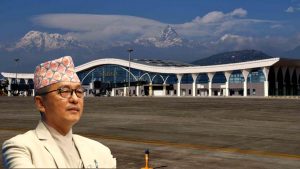
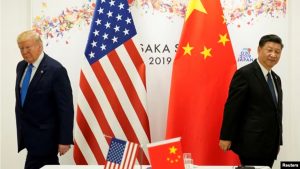



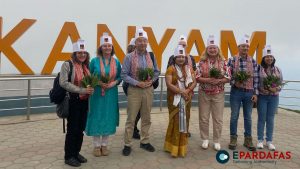

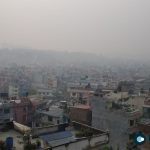
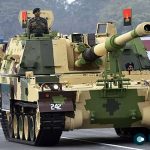
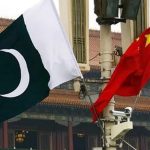


Comments